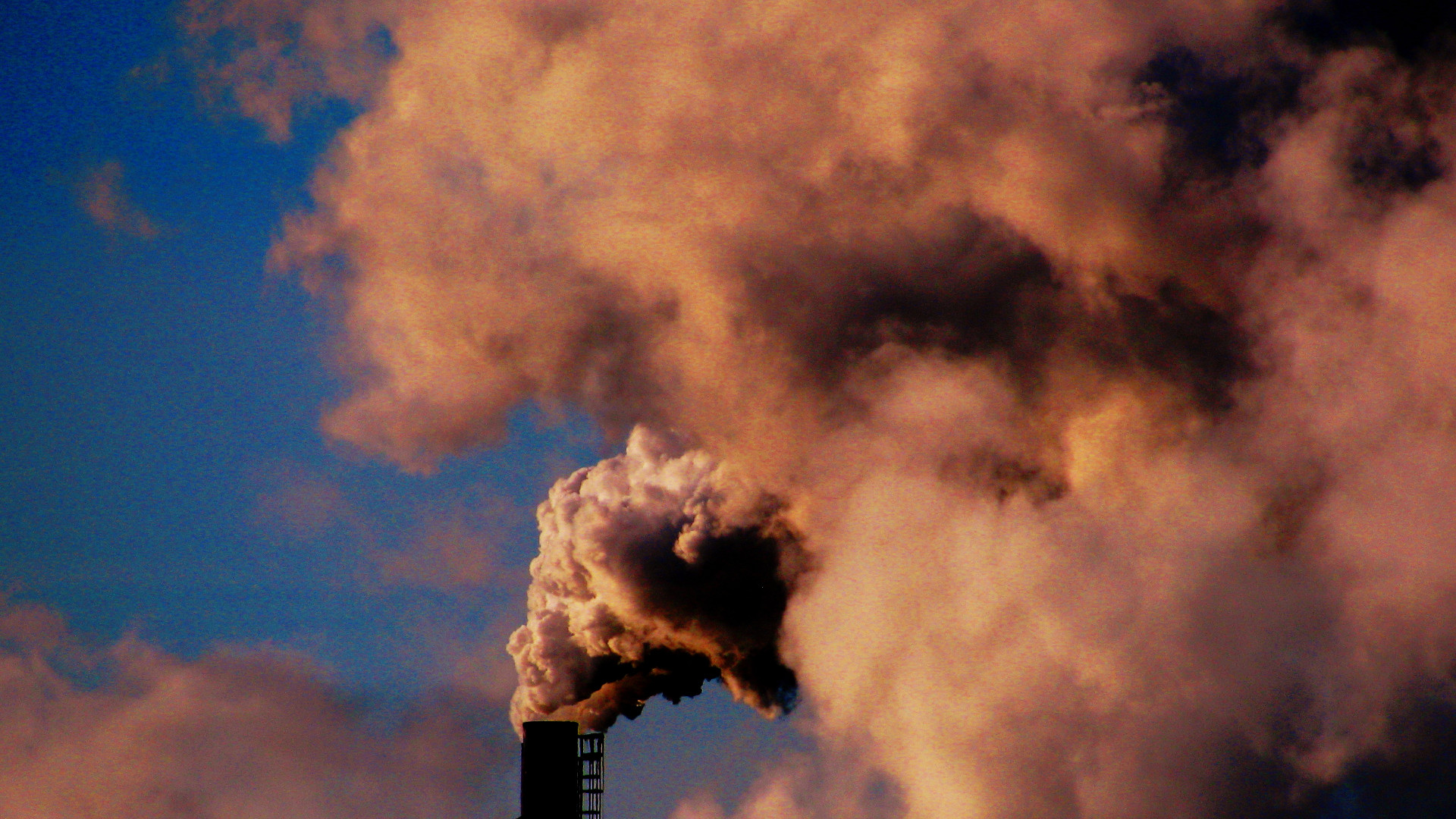Like a lot of his fellow EPA professionals, John J. O’Grady is in crisis mode these days.
“You can’t describe the madness that’s going on,” he says. “It’s something that just never would have been expected.”
O’Grady, a 31-year veteran of the Environmental Protection Agency, is president of Council 238 of the American Federation of Government Employees, the union representing EPA employees around the country. He’s also the national spokesman for Save the U.S. EPA, a campaign organized by the union to protect its workers — and to protect the environment from assault by the Trump administration.
The campaign has a big goal: “We’re trying to prevent the utter destruction of the EPA,” O’Grady tells The Revelator by phone. “We’re hoping there’s something left in the rubble after this particular administration leaves office, but who knows.”
Saving the agency could be a tough task considering the recent actions by EPA Administrator Scott Pruitt, which include rolling back regulations for clean air and water, recommending the repeal of the Clean Power Plan, removing climate change from official policies (and from EPA web pages), and extending the use of toxic pesticides.
“By his actions, you can tell Scott Pruitt’s not here to make EPA better, not to protect human health and the environment, not to make sure that the child with asthma is protected, but to deconstruct the agency,” O’Grady says.
The deconstruction starts with the plan to slash the number of people working for the EPA. The pending 2018 federal budget aims to slash the agency’s workforce by about 2,200 employees, funded by $79 million worth of buyouts (something that may or may not survive this week’s budget vote). And that’s just the start: Trump’s 2019 budget proposal contains another $35 million for EPA buyouts, or about another 1,000 people.
With that and everything else that’s gone on over the past year, O’Grady thinks a lot of EPA employees are starting to feel discouraged. “I’m very concerned that this administration under Scott Pruitt has created a very toxic environment at EPA,” he says. “Imagine if you’re a great football player and you were brought on by the team to win Super Bowls, and then you’re told, no, you have play soccer. It’s kind of similar. These people come on board EPA because they’re dedicated to protecting human health and the environment. And then they’re basically not allowed to do their jobs, and that’s creating a lot of frustration.”
If many EPA employees do stay frustrated enough to accept buyouts, the agency will be less able — or even unable — to enforce whatever regulations Administrator Pruitt leaves on the books. The EPA has never had the capacity to inspect even a fraction of all potential projects that could affect the land, water or air, but O’Grady says it had enough people on the ground doing their jobs to act as a deterrent. He equates it to the crime-reduction effect of state highway cops: If companies see one “speeder” pulled over, more of them might slow down and comply with environmental regulations.
Beyond that, a shrinking EPA workforce could also result in what O’Grady calls “brain drain and the disappearance of institutional knowledge” — a loss that could take years to reverse.
The damage done to EPA doesn’t just affect things on the federal level. It also spins down to states and local communities. “There’s a lot of talk by Scott Pruitt about ‘cooperative federalism’ and it drives me right up the wall,” O’Grady says. “We’ve been doing that for decades. Sixty-five percent of our EPA budget passes through the agency and goes directly to states, tribal authorities and municipalities. At the same time this administration is talking about pushing cooperative federalism, they’re cutting the funding that goes to the states, tribal authorities and municipalities.” That’s all made worse, he says, because at least 30 states are currently under budgetary restraints and depend on the EPA for technical assistance, scientific expertise and enforcement. “They don’t have excess funds to support additional environmental duties.”
So what’s Save the U.S. EPA doing to try to turn this around? “We’re trying to speak out as much as possible,” O’Grady says. They’ve created alliances with many environmental groups and they’re asking people to write to their elected officials. “Stay on them,” he says. “Make sure they know this is a critical issue and that they need to act accordingly.”
With all that’s going on, what gives O’Grady even a small amount of hope? “November 2018,” he says without hesitation, pointing out that several Republican representatives are up for reelection in potentially tight races, possibly enough to lessen that party’s control of all three houses of government. “I know some people are predicting a sea change,” he says. “That would be wonderful. I’d be happy if they just reduce the margin.”
Ironically, O’Grady thinks the threats to EPA are made possible by the environmental successes we’ve had over the past few decades. “People in America look at our air and they get the tap water for drinking and it all looks clean,” he says. “People should be concerned about their children and their grandchildren. They should be concerned about the quality of the water that comes out of their tap. And you know, when they take that walk in the woods, they should be assured that the land hasn’t been used for some kind of dumping. Before EPA came on board, there was a place called the Valley of the Drums. It was a valley, literally, where companies just threw their drums of spent chemicals. That’s what we’re going to see again, if this doesn’t improve.”



1 thought on “The Fight to Save the EPA”
Comments are closed.